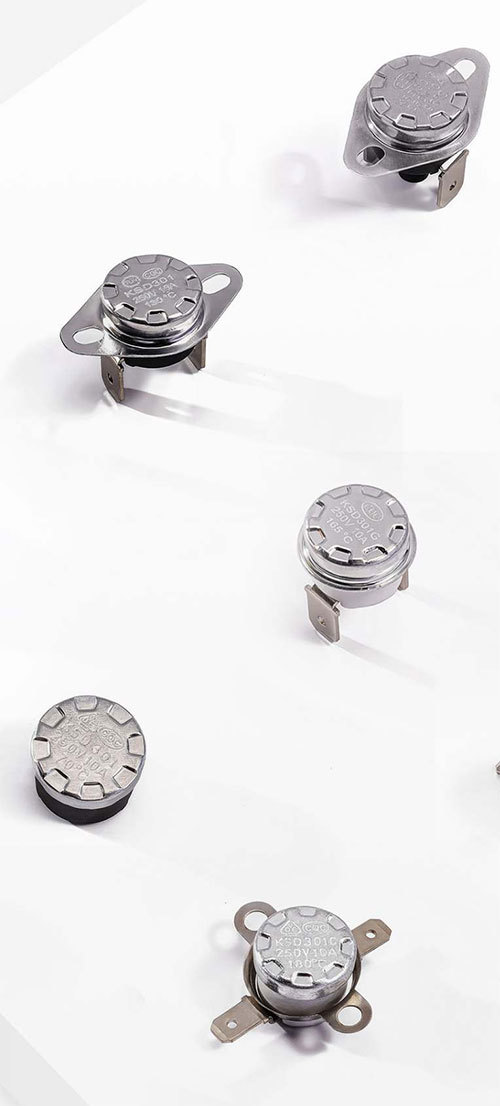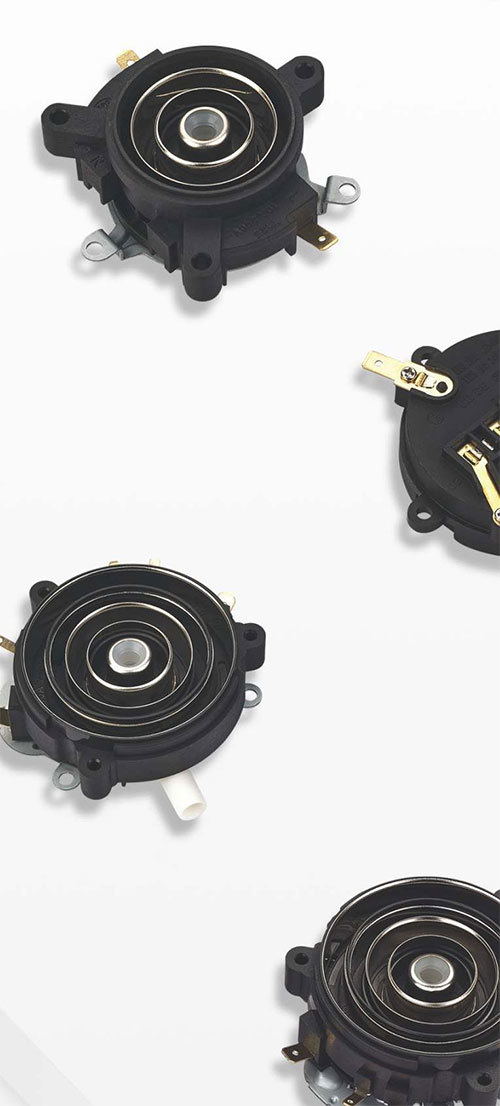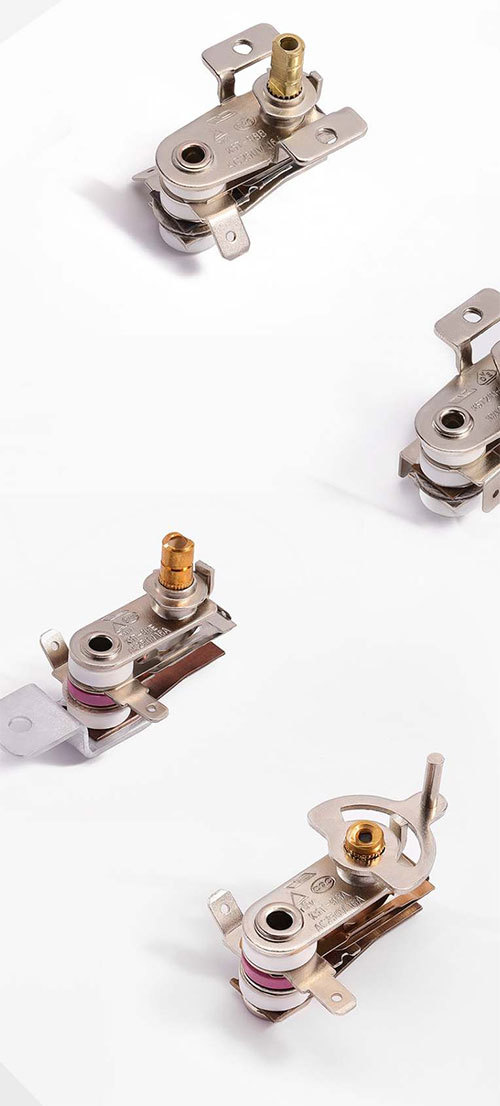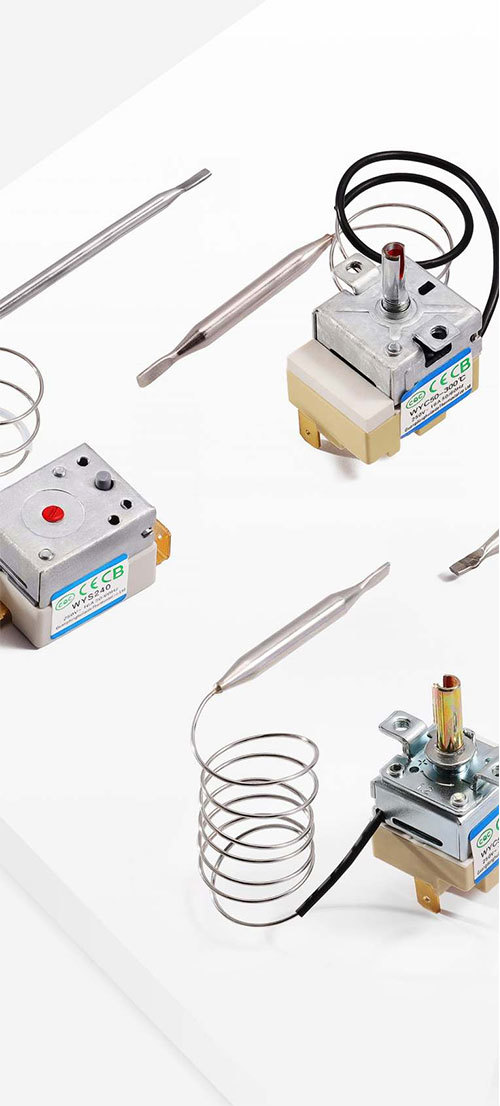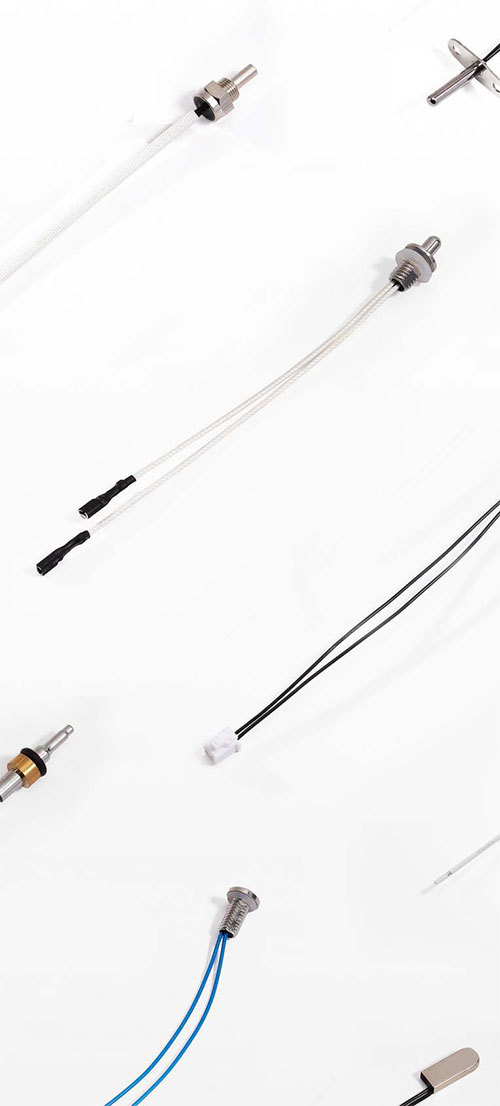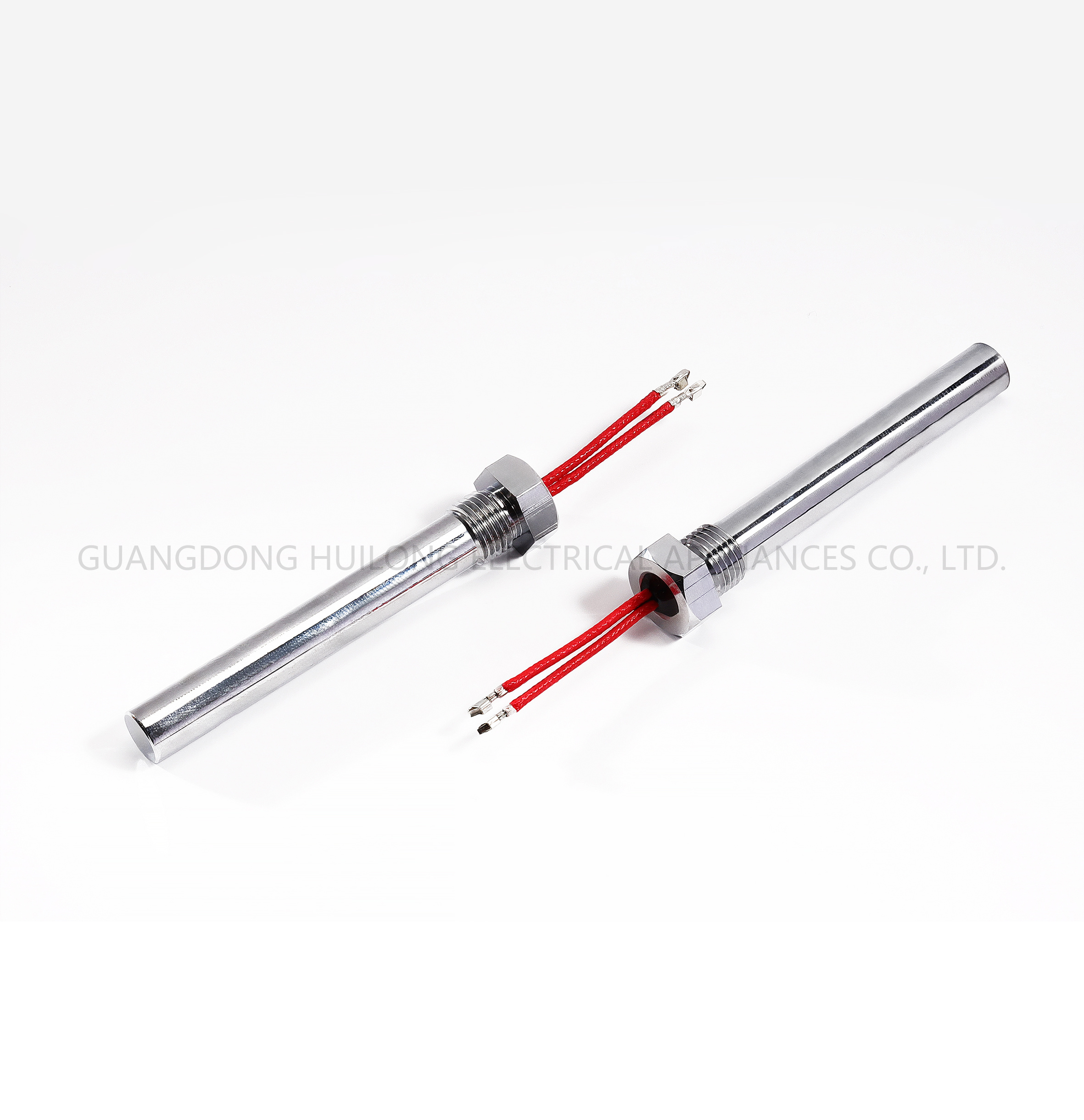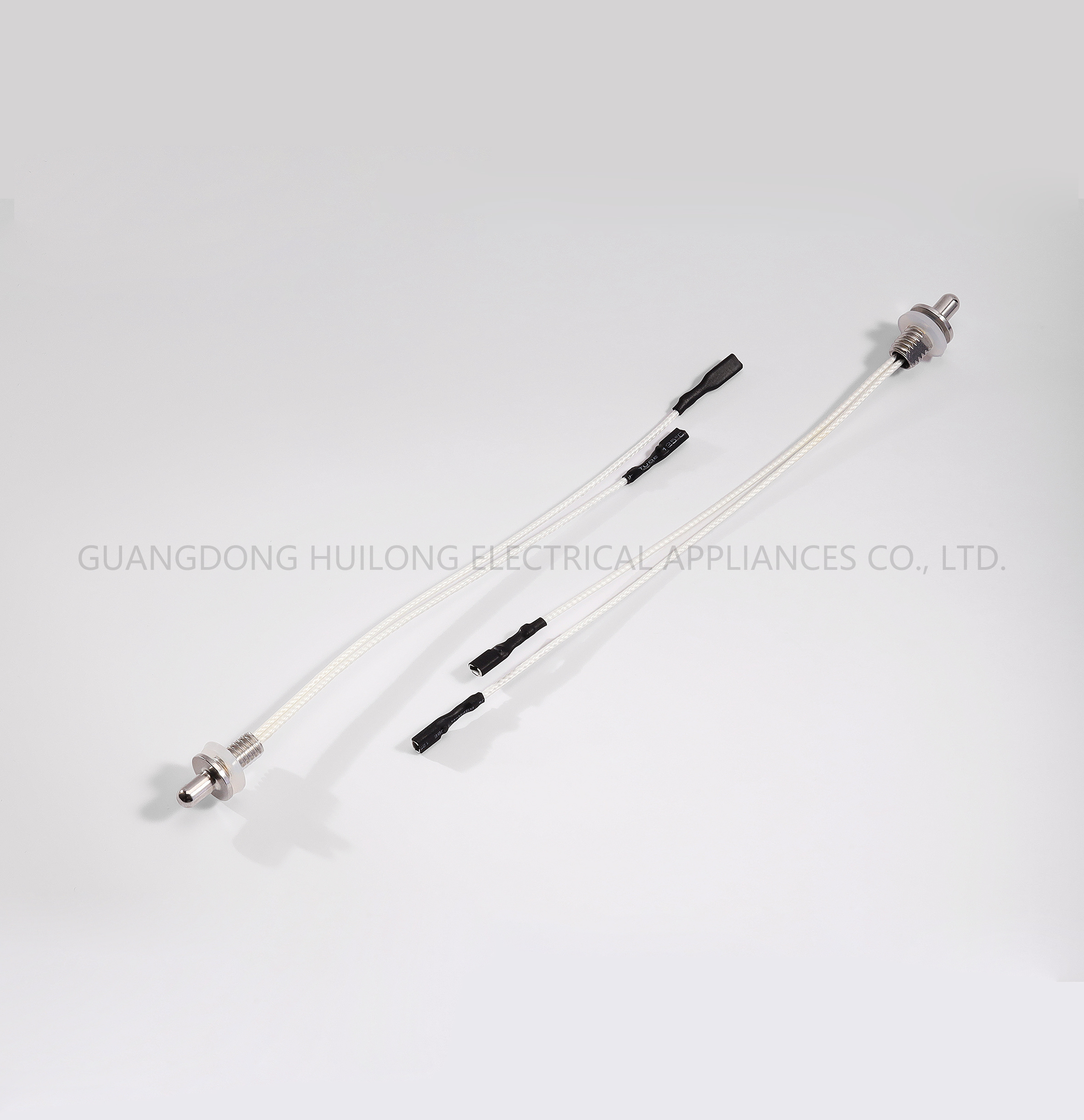Understanding Thermistor Temperature Sensors: A Comprehensive Guide for Professionals
Classification: knowledge
Time:2025-09-17
There are two main types of thermistors: Negative Temperature Coefficient (NTC) and Positive Temperature Coefficient (PTC). NTC thermistors exhibit a decrease in resistance as temperature increases, while PTC thermistors show an increase in resistance with rising temperature. The most commonly used in temperature sensing applications is the NTC thermistor due to its high sensitivity and accuracy over a wide temperature range.
One of the key advantages of thermistor temperature sensors is their rapid response time, making them suitable for applications that require immediate temperature feedback. For instance, they are often employed in HVAC systems, automotive temperature monitoring, and medical devices. Their ability to provide precise readings can significantly enhance the efficiency and safety of these systems.
When it comes to accuracy, thermistors can offer a higher degree of precision compared to other temperature sensing devices, such as thermocouples or standard resistive temperature devices (RTDs). This is particularly beneficial in applications where slight temperature variations can lead to critical outcomes, such as in laboratory settings and medical equipment.
Thermistors' compact size and low cost make them an appealing choice for many manufacturers. They can easily be integrated into circuits and systems due to their small footprint, allowing for innovative designs without sacrificing performance. Furthermore, their affordability makes them a preferred option in consumer electronics, where cost-effectiveness plays a vital role in product development.
However, it is essential to consider certain limitations when using thermistor temperature sensors. Their operational range is typically narrower than that of thermocouples or RTDs, which may restrict their use in extreme temperature environments. Additionally, thermistors require careful calibration and may exhibit non-linear behavior, necessitating the use of linearization techniques for precise measurement.
In summary, thermistor temperature sensors are indispensable in various applications due to their sensitivity, accuracy, and compact design. Understanding their functioning principles and potential applications can help professionals make informed decisions regarding temperature measurement solutions. As technology continues to advance, the role of thermistors in electronic systems will likely expand, offering even greater opportunities for innovation and efficiency in temperature sensing.
Keyword: Understanding Thermistor Temperature Sensors: A Comprehensive Guide for Professionals
RELATED INFORMATION
Maximizing Energy Efficiency: The Critical Role of Temperature Controllers with Sensors
Maximizing Energy Efficiency: The Critical Role of Temperature Controllers with Sensors Table of Contents 1. Introduction to Energy Efficiency in Buildings 2. What Are Temperature Controllers? 2.1 Types of Temperature Controllers 2.2 How Temperature Controllers Work 3. The Importance of Sensors in Temperature Control 3.1 D
2025/10/22
Temperature controllers with sensors play a pivotal role in modern building management systems, particularly in the construction and decorative materials sector. These devices are designed to monitor and regulate the temperature within a specific environment, ensuring optimal conditions for both occupants and materials. By integrating advanced sensor technology, these controllers provide precise t
2025/10/15


